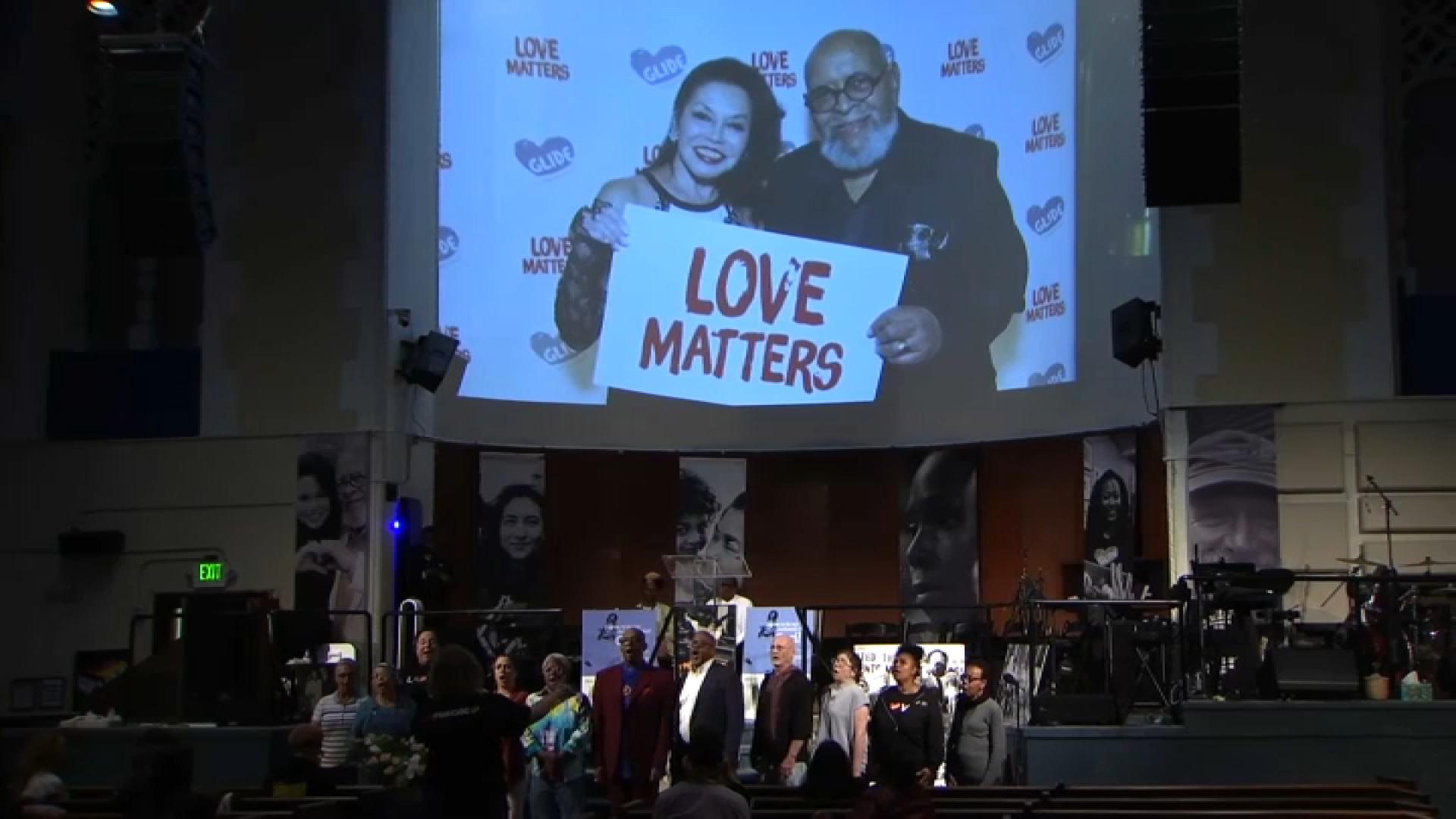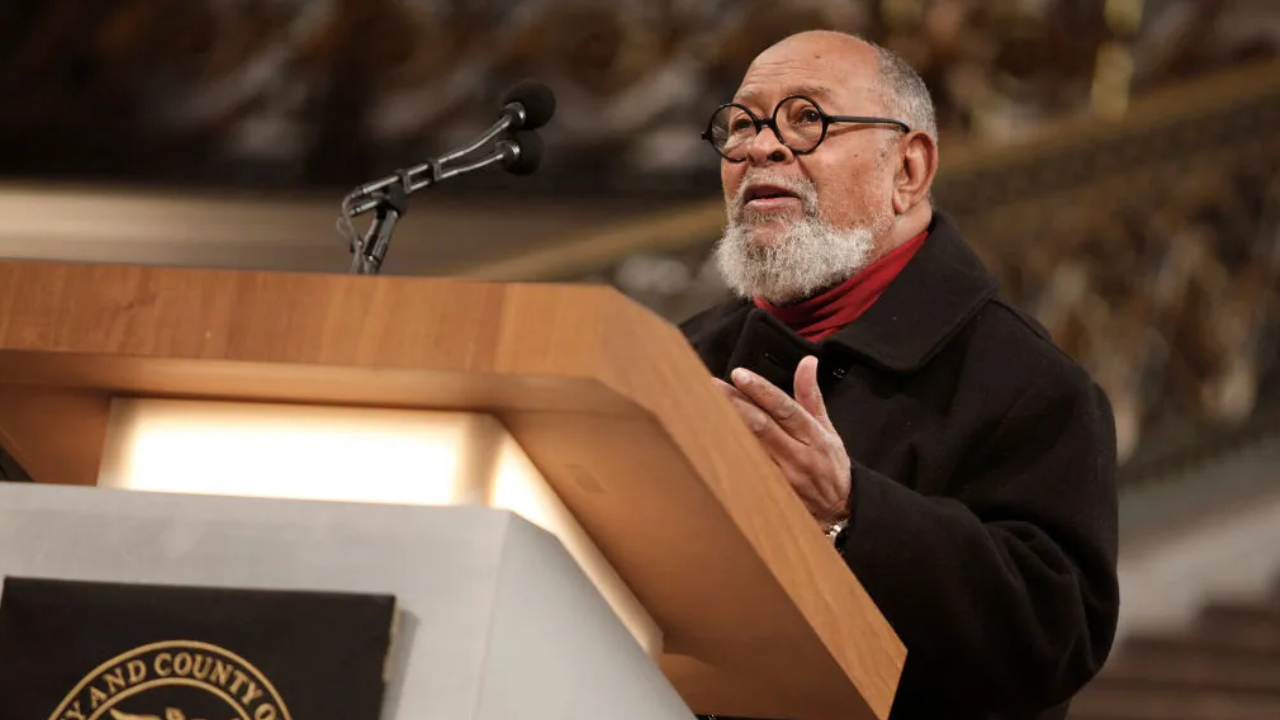A now retired PG&E executive testified Tuesday that he did not write — nor even necessarily understand — the letter at the heart of the government’s obstruction charge against the utility.
Prosecutors say the April 6, 2011 letter is evidence that the company misled federal National Transportation Safety Board investigators into believing the company did not have a policy of avoiding costly inspections of over pressurized gas pipelines.
William Hayes, a 37-year veteran who was head of construction and maintenance when he retired in 2012, acknowledged Tuesday in federal court that it was his electronic signature on the letter PG&E sent to federal accident investigators.
But, he said, he was only acting as the company’s liaison in passing on what a team of lawyers and internal experts provided him.
"You signed this letter, you sent this letter" to federal investigators, Assistant U.S. Attorney Hallie Hoffman said as she pressed Hayes for an explanation of the letter.
Hayes said he did have some understanding about the intent of the letter -- to correct the record to reflect that the policy at issue was never actually approved.
"We sent material that was not fully vetted," he said, adding that the company had sent "wrong information" and "we corrected it."
Local
"I understand we sent some information about a policy that was never approved," he said. "It didn’t surprise me, given the volume of data going back and forth."
Hayes could not answer questions related to the various statements made in the letter he signed, including the repeated use of "we" in the letter he signed.
"I’m not sure who ‘we’ are," he said at one point.
The government alleges that the letter reflected an actual policy allowing it to avoid having to order costly inspections called for by regulations following any pressure surges above allowable levels.
In the disputed policy, PG&E asserted it could avoid inspecting lines after surges of as much as ten percent above maximum allowed levels.
Hayes told PG&E lawyer Margaret Tough that although he only read – and did not write — the letter disavowing the policy, he did not consider it misleading or false. He also testified that no one with the federal investigative team even asked him about it.
Hoffman pressed Hayes about another clash with federal investigators following the explosion of the San Bruno gas pipeline that left eight people dead.
PG&E documents suggest its engineers knew about a then unexplained 1988 leak near Crystal Springs reservoir when they began assessing the San Bruno pipeline’s integrity in 2002.
The leak turned out to be on a defective seam weld — a discovery prosecutors maintain should have triggered costly inspections that the company sought to avoid.
Instead, the company twice used cheaper above-ground corrosion-only surveys to vouch for the line’s safety.
On Tuesday, prosecutors showed Hayes the company’s account about how the document apparently got lost and went undisclosed for months.
By the company’s account, a worker found a document related to the 1988 seam weld leak in the San Carlos field office just eight days after the blast.
But rather than turn it over — or even read the document, according to PG&E’s version of event, the worker took it and other documents to the Walnut Creek office.
It was not until May 2011 — after it was found by an outside accountant – that the document was given to federal investigators.
Hayes could not explain what happened.
Both sides asked him about then company president Chris Johns’ ensuing letter urging that workers disclose all relevant information the following month.
Hayes said he took Johns’ letter to mean "we gotta get better about this" to track down documents.
"There’s no intention here," he told the jury about the misplaced document. "These things happen — unfortunately, they happen."
After Hayes testified, prosecutors called an FBI agent/engineer to the stand to testify about what she found in looking at the records the utility provided the government.
Sandra Flores testified that she found a total of 196 segments on five pipelines identified in the charges where PG&E failed to order tests to check for damage following pressure surges that prosecutors should have triggered them.
On Wednesday, federal prosecutors say they will call their final witness, National Transportation Safety Board investigator Ravi Chhatre to testify.
PG&E lead lawyer Steven Bauer told the judge Tuesday that he believes the company will put on a defense, but left open the possibility that it may rest without calling a single witness.



